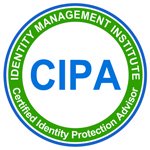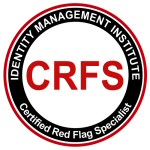Credit Card Fraud Victim

Anyone can become a credit card fraud victim based on many factors. First, most people have credit cards nowadays and use them more often than ever before for many reasons such as transaction rebates, lack of cash, and convenience. Second, given the state of our struggling global economy and high unemployment, people are more inclined to commit credit card fraud to pay the bills, feed the kids and receive healthcare.
If you have just become a credit card fraud victim again, you probably know that you can stay calm because you know that your credit card fraud liability is just $50 which the banks waive most of the time. However, if this is the first time that you have become a victim of credit card fraud, you may not know what steps to take to contain the damage and this article is written just for you.
First, you need to stay calm if you come to notice that your credit card statement includes transactions which you do not recognize. As mentioned earlier, your credit card fraud liability is limited to just $50 regardless of the fraud amount if you notify the bank timely. As you notify the bank, you need to clearly identify the unknown transactions and keep all the evidence associated with your fraud notification such as emails and letters. This evidence will serve you well in the future if the bank claims not having a trail of your communications. You may now wonder why worry about credit card fraud if my liability is only $50 and the answer in the form of a question is what other areas of your life may be impacted by identity fraud which you may not be aware of? As we monitor our identity for identity theft fraud and become aware of certain fraud activities, we need to take the necessary steps to identify and contain all fraud cases. Below is a quick list of minimum steps that any credit card fraud victim must take to deal with the situation:
1- First, notify the bank and keep all communication evidence. The bank will credit your account for the fraud amount while they investigate the case.
2- Get a free copy of your credit report from www.annualcreditreport.com and review your credit file for any unknown transactions and inquiries. If you detect any fraudulent transactions, notify the credit reporting agency immediately and keep all communication evidence.
3- Report your identity theft case to the police and FTC.
4- Place a fraud alert or possibly a credit freeze on your credit report. This will potentially prevent additional fraud cases. Learn about the differences between a fraud alert and credit freeze.
5- Continue to monitor your account statements and notify the bank if you notice the existence of any unknown transaction or if you do not receive your periodic account statement on time.
6- If you have not signed up for an automated identity monitoring service, this may be a good time to start leveraging automated identity monitoring systems.








